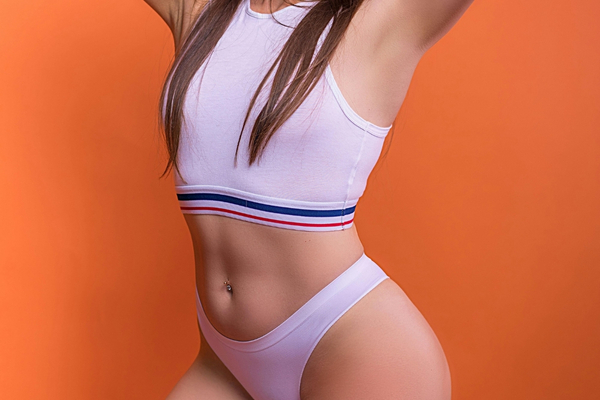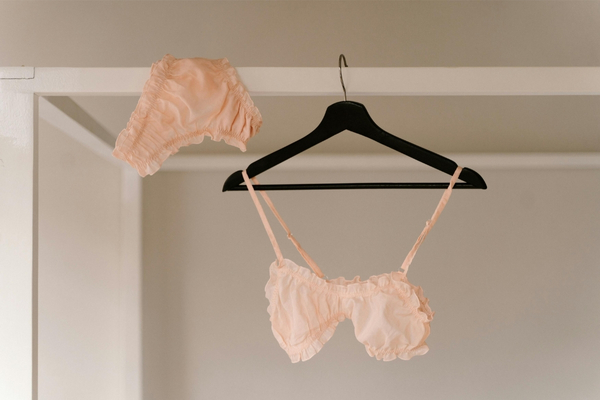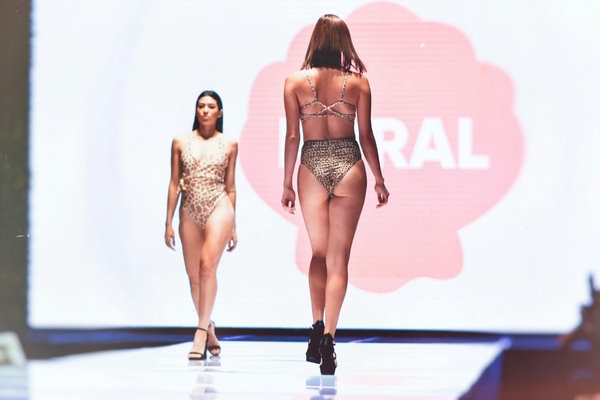The Fascinating Lingerie as a Fashion Evolution
Lingerie Fashion Evolution is a fascinating journey through time. Women’s lingerie, as we know, has bounced through the annals of history. It has been integral to women’s wardrobes for centuries, serving both practical and aesthetic functions. Dresses once encased the body in a streamlined tube, creating the need for a more fitted and seamless undergarment. Women had been using lingerie to fulfill that need hundreds of years before society accepted it as an everyday item. Elementary in nature and originally intended only for bodily comfort, modesty, and support, lingerie has evolved significantly over the ages. This Lingerie Fashion Evolution reflects changing ideals, becoming an intricate fashion function shaped by peer pressure, cultural shifts, and style demands. Today, lingerie holds a special place in both fashion and meaning. It breaks past its functionality to emerge as a symbol of femininity, empowerment, and a statement of personal style.
In this journey through the history of lingerie, from past to present, we’ll explore how it evolved from simple undergarments meant for support and modesty to chic, modern pieces that celebrate the body. This Lingerie Fashion Evolution highlights the influences that have shaped lingerie design, from the feminist movement that challenged the status quo to the media’s portrayal of femininity and desire. Finally, we will focus on how modern lingerie has become more inclusive and body-positive, transforming into a staple of today’s fashion. The following article is our attempt to shed light on the many layers that form the lingerie history and how this Lingerie Fashion Evolution continues to enrich our personal and collective sense of style.
A. The Role of Feminism
Feminism has had a lot to do with making lingerie sexy and rethinking the role it plays in women’s lives. The early waves of feminism, such as the suffrage movement of the late 19th and early 20th centuries, saw women rebel against the symbol of their oppression: the restrictive clothing. The invention of less restrictive and more comfortable alternatives like the brassiere was a turning point in all of this. The feminist movements of the 1960s and 70s cemented this shift by demanding that women have the freedom to choose what to wear, even their underwear.
As feminism advanced, so did its complex relationship with lingerie. Lingerie as empowerment took hold, with women able to reclaim their bodies and sexuality of their own accord. Modern feminist movements glorify all body types and inspire the refusal of old-fashioned beauty norms, which in turn cultivates a more open appreciation of the myriad of lingerie options shaped for all body shapes and sizes.
B: Media Portrayal and Its Effects
Media portrayal of lingerie has changed public perceptual and fashion trends. Whether in vintage pin-ups or an ad campaign, how lingerie is depicted has the power to affect how we feel about society’s ideas of femininity and sex. With the advent of supermodels in the 1990s and early 2000s, lingerie became mainstream, presented not simply as an undergarment but as an essential element of a woman’s identity, a source of allure.
The emergence of social media has proven the truth of lingerie marketing on its head. Influencers and celebrities are a major deal in designed lingerie now, and often that means a more diverse and inclusive representation of beauty. “A lot of campaigns now use models of various ethnicities, of sizes, of genders, and counter what we have seen in the past and make consumers feel good about their purchasing.” The prevalence of body positivity movements in media also presses the issue of representation, prompting brands to consider offerings that are more inclusive in their lingerie collections.
C: Global trends in lingerie fashion
cultural practices and traditions for lingerie design. Lingerie means different things in different places, it mirrors local customs, values, and even aesthetics. For example, we know that the delicate lace and embroidery of French lingerie is associated with luxury and romance, and the bright colors of Brazilian lingerie are often a declaration of full-throttle femininity. Additionally, with the increase in globalisation, there has been a free flow of thought and adaptation of styles, culminating in a mixture of myriad influences in lingerie design. More and more brands are taking inspiration from a variety of cultures, incorporating those that appeal to a global market.
This cultural cross-pollination has resulted in a more diverse lingerie market, and one that can offer an appealing combination of the traditional and contemporary to a broader cross-section of tastes. The cultural influences are complex, the results of feminism, changing media representations, and a wealth of global traditions. Even as lingerie has changed, it serves as an ever-changing mirror to attitudes towards women’s bodies and identity, and the symbiotic relationship between culture and fashion.
Contemporary Lingerie as a Fashion Statement
More recently, lingerie has become more than just something worn under clothes; it’s a fearless choice that empowers women to take control of their identities and sexuality. This evolution is not just a question of appearance.
It reflects wider social changes and a new understanding of women’s bodies. It also highlights their right to express themselves as they please.
A. Lingerie on the Catwalk
The runway has evolved to be a critical platform, featuring lingerie as high fashion. Brands from Victoria’s Secret to Savage X Fenty and even luxury houses like Gucci and Dolce & Gabbana have erased the line between lingerie and outerwear. Exhibitions that once focused solely on functional underclothes now celebrate complex designs, luxurious fabrics, and innovative shapes. Sheer fabrics, multiple colors, and daring cutouts also make it more acceptable to wear lingerie as clothing beyond the bedroom. That, in turn, has turned lingerie into a status symbol, wherein the right piece can stand for taste, sophistication, and individuation.
B. The Role of Celebrity Culture
Celebrity culture has also played a significant role in the development of lingerie as a status symbol. Celebrities and influencers actively use their platforms to promote lingerie brands and redefine modern standards of beauty. Starlets like Rihanna, who arrived on the scene with her diversity- and body-positivity-loving lingerie venture Savage X Fenty, have left major wet-willie-sized prints. Celebrities in lingerie-inspired looks on red carpets and IRL situations have made it so that wearing lingerie as “fashion” is no longer a scandalous statement. Brands now encourage consumers to love their bodies and choose garments that reflect their personal aesthetics.
C. The Ascendance of Inclusive Sizing and Body Positivity
Another important point about modern-day lingerie for fashion is the trend towards inclusivity and body positivity. “This movement about inclusivity and body diversity has made brands realize there isn’t just one perfect body,” she says, explaining that they’re designing for every shape and size. This change is not only empowering for consumers, but it also promotes friendship and non-judgment. By including models of various sizes and backgrounds in campaigns. Lingerie brands are defying traditional beauty norms and advocating the notion that lingerie is for everyone.
This diversification has become a key milestone in the evolution of Lingerie Fashion, transforming lingerie into a space for self-expression and empowering people to take ownership of their bodies with pieces that reflect their aesthetics. To conclude, today’s lingerie has evolved from a necessary staple to a showcase of fashion, high fashion, and pop culture, as well as an expression of diversity. As this transformation continues to unfold, the Lingerie Fashion Evolution plays a key role. It ensures that lingerie remains a vital part of how people express identity and empowerment. It has moved beyond being a basic necessity to becoming a staple in modern fashion.





